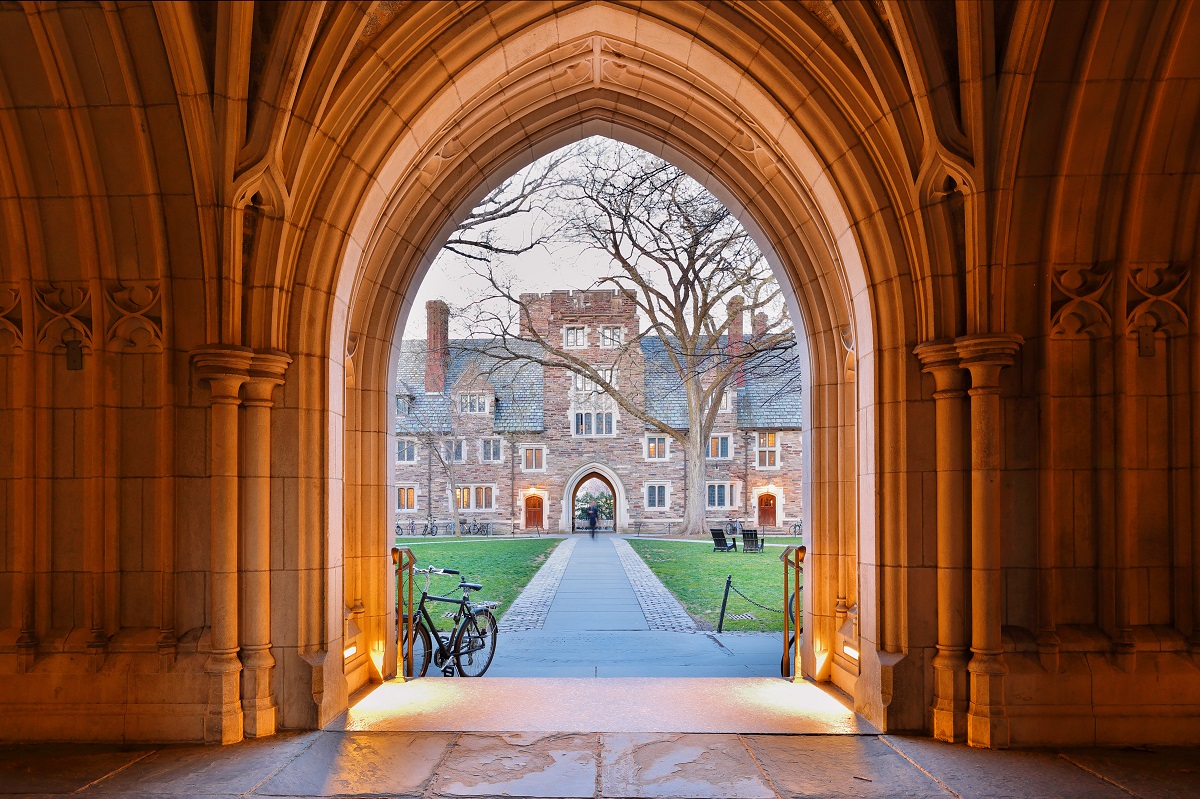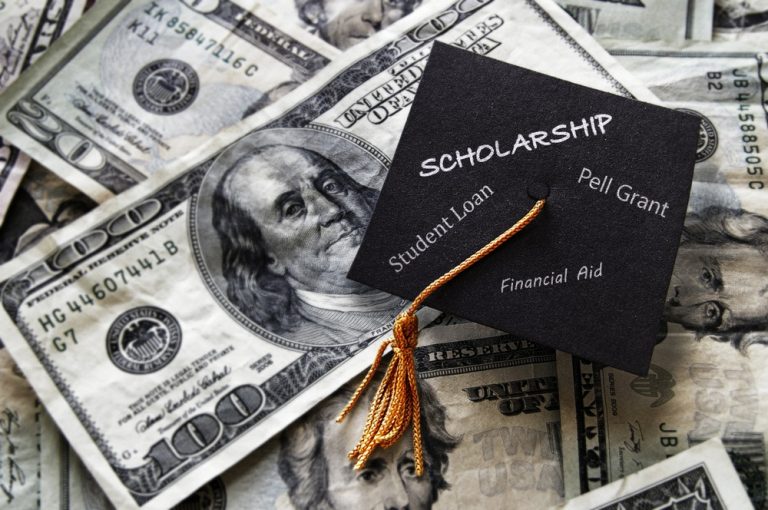Why Are Stanford, Duke and MIT Not Ivy League Schools?
Over time, the name “Ivy League school” has been associated with exceptional standards of education, so one wonders why prestigious schools such as Stanford, Duke, and MIT don’t belong to the Ivy League.
In this article, I will analyze what makes a school belong to the Ivy League, and what makes these schools miss the mark.
Once you have finished reading the article you will be more knowledgeable about the Ivy League system, and you’ll be able to make a more informed decision on which school to attend. Keep on reading.
What Is the Ivy League?
The Ivy League was born in 1954, and it was used to refer to schools that distinguished themselves through exceptional sports performances, like in basketball and hockey.
There are 8 schools in the Ivy League:
- Brown University in Providence, Rhode Island
- Harvard University in Cambridge, Massachusetts
- Cornell University in Ithaca, New York
- Princeton University in Princeton, New Jersey
- Dartmouth University in Hanover, New Hampshire
- Yale University in New Haven, Connecticut
- Columbia University New York City, New York
There’s no real reason to consider these colleges prestigious just because they belong to the Ivy League. However, their standards of education are still exceptionally high, and many students want to study there.
These colleges offer the best law and medical programs across the U.S., and they have a very strict selective process. Entering into any of these schools is an accomplishment in itself, and will require outstanding work ethics.
A lot of the recent U.S. presidents graduated from these schools too, which helped further bolster their reputation.
However, there are many other colleges claiming to be just as good as these schools, even though they are not Ivy League schools.
The Case of Stanford, MIT, and Duke
Since being an Ivy League college required to be in a specific situation on a specific time, there’s no way to get into the Ivy League as of now. Does it mean these colleges don’t offer qualitative education? Clearly not, as they still rank easily in the top 15 best schools for most of the courses they offer, sometimes outranking their Ivy League counterparts.
They just so happened to not have outstanding sport performances when the Ivy League started. Education wise, your degree will be just as valuable, but realize cultural changes take a while to happen, so the shift in mindset is still not fully completed.
Some employers will still prefer candidates who graduated from an Ivy League school over others from Stanford or Duke.
Ivy League vs Stanford, MIT, and Duke
Now that we’re debunked the myth “Ivy League = Better”, let’s analyze the data to see if there are any real differences between these schools’ educations. At the end of the day, you care about graduating from a good school to get the job of your dreams, so you must pick the right school for your life goals.
Acceptance Rates
Ivy League schools are known for their abysmal acceptance rates. It is very hard to get into these schools, in fact it is so hard that their acceptance rates are below 10%, excluding Cornell with its whopping 11% acceptance rate.
However, as you can see from the table linked, Stanford, MIT, and Duke are just as hard to join, with their respective acceptance rates of 4%, 7%, and 8%. Four percent acceptance rate! That’s crazy low, in fact it’s the lowest among all schools.
Low acceptance rates mean the school cares about its students. They don’t want to accept applicants that might not be able to complete the course. There’s a reason these schools have such high graduation rates: when you only work with the best, you can except extraordinary results.
Graduation Rates
As mentioned in the section above, the average graduation rates for these schools is exceptionally high. We are talking about an average 95.93% graduation rate for Ivy Schools.
What about the other 3 universities?
- Stanford’s graduation rate is 96%
- Duke’s graduation rate is roughly 95%
- MIT’s graduation rate is 93%
Clearly these schools offer students the necessary tools to succeed in their studies, and in their careers afterwards. Since the selection is so tight, only the best students manage to join these universities.
Employment Rates
Another important statistic to consider is how likely it is for graduate students to find a job after getting their degree.
I’m not going to delve too deep into this topic, as all both Ivy League schools and MIT, Duke, and Stanford basically guarantee you a job right after graduation.
The employment rates for post-graduates at all of the schools is well above 90% within 3 months, and usually they’ll get you internships in prestigious businesses during your studies.
There’s no way you won’t find a job right after graduation, unless you don’t want to. Which is fine, I get it, you might want to take a short break after such a gargantuan undertaking.
Do Ivy League Schools Offer Better Career Opportunities?
Somewhat. It’s a hard question to answer, because we are in the middle of a mindset shift among employers. Perhaps 10-15 years ago going to an Ivy League school was a ticket to better jobs, but nowadays going to any of the top 20 universities in the U.S. is enough to guarantee employment.
You will still meet people who consider Ivy League schools to be the best, and candidates with an Ivy League degree might get a job over those who don’t, but these are outliers. What matters is getting a good education and prove your skills are worth to the employer, not where you studied.
Conclusion
The only reason Duke, MIT, and Stanford aren’t Ivy League colleges is that they didn’t excel at sports when the Ivy League was created. These 3 colleges easily rank among the top 15 best schools in the U.S., and offer similar career prospects and education standards to Ivy League schools.
I can’t tell you which one is the best for you, but I can tell you getting into all of these schools is extremely hard. You will need to be nothing short of outstanding to join Ivy League schools or Stanford, MIT, or Duke.
It’s all about hard work and dedication. Do you want to put in effort to achieve your goals and land your dream job? Then study hard and work your way to the top. There are many colleges with laxer requirements that will still help you land great jobs, so don’t get discouraged if you can’t get into a prestigious school.
Prestige is perceived, your skills and drive are what matter to succeed in life.
What are you waiting for? Apply to an Ivy League school today!
Also Read: 3 “Easiest” Ivy League Schools to Get Into: Is Brown the Easiest Ivy?








This article is so wrong.
First, the reason Stanford, MIT and Duke are not Ivies is NOT that they ” . . . didn’t excel in sports when the Ivy League was created.” That reasoning is so mixed up I won’t bother giving the correct story, but rather let the original author write a do-over after some real research.
Second and easier to get straight, while the article correctly cites that there are eight schools in the Ivy League, but names only seven. The missing school is Penn (University of Pennsylvania), which is not only the third oldest Ivy college (after Harvard and Yale) and the fourth oldest college of all US colleges, but also the first to become a university. Founder Benjamin Franklin used Penn for his experiments in reforming American undergraduate education and establishing the format for post graduate professional education that are the models followed by virtually all American higher education today.
Why was Johns Hopkins not included among Duke, MIT, and Stanford? Especially in light of being largely considered, for decades, the best medical school and first research university in the US. Of course, also tops in federal research grants since, let’s say half a century.